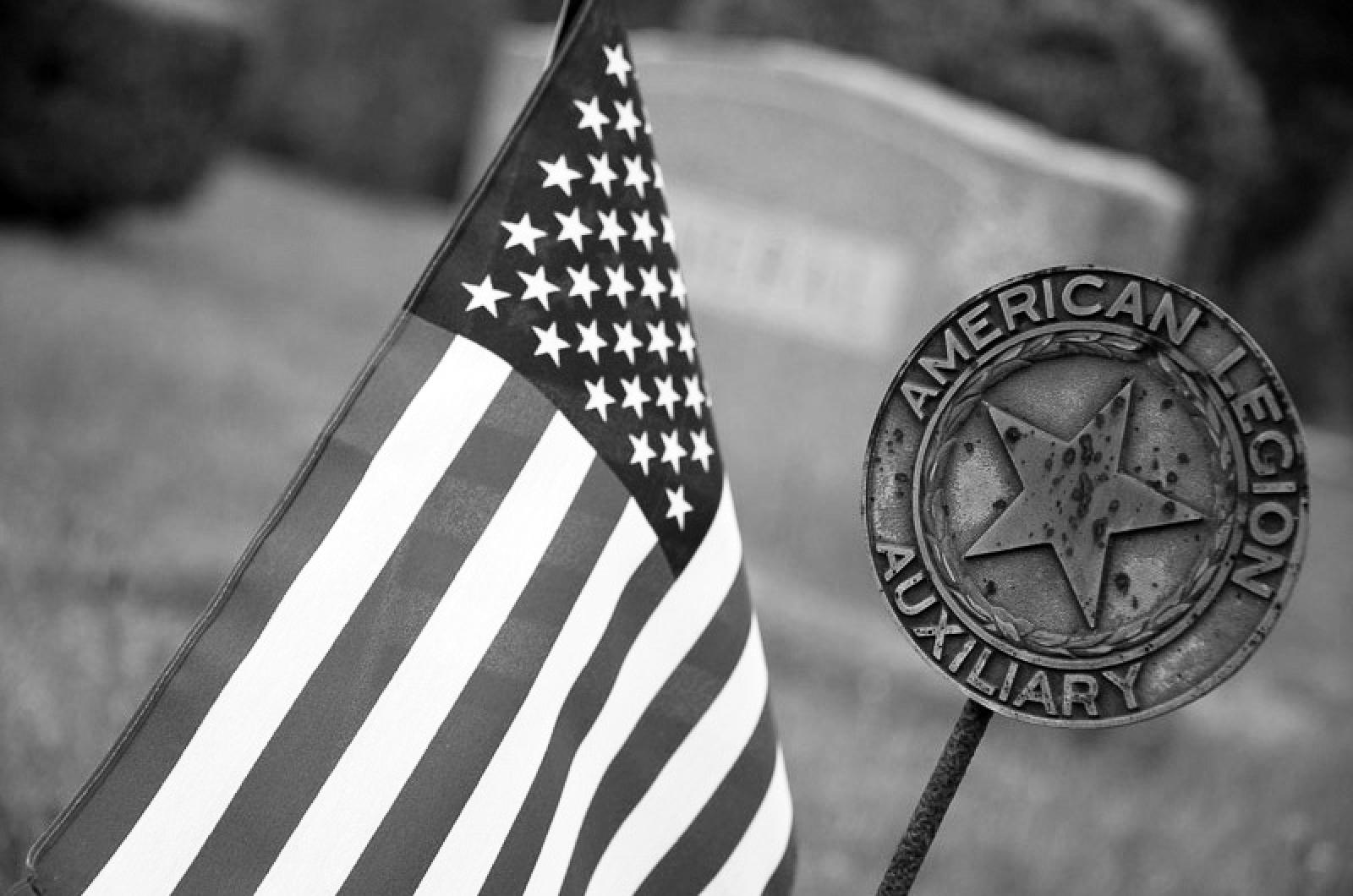From the May 20, 1927 edition of the Gazette:
For nearly a week the Island of Martha’s Vineyard has held a central position in a scene of theoretical warfare extending from Long Island to Cape Cod. Ships of war have cruised the waters on the three sides of the Island and planes have passed and re-passed overhead, all working out the problem of attack and defense along the coast in conjunction with land forces comprised of infantry, coast artillery and tank corps.
One hundred and twenty-two ships of all kinds were engaged in this mimic warfare, scores of planes of various types and about 75,000 troops, all units being supposed to represent much larger ones and being handled accordingly.
About two-thirds of the fleet constituted the enemy forces and were supposed to be convoying transports laden with troops. It was their object to work in on the coast and land the soldiers, protecting this landing by holding off the defenders by land and sea.
Despite the small force of the defenders, who were supposed to represent a badly shattered fleet and a worn-out army, dispatches received from headquarters on Thursday morning stated that the invaders had been badly defeated. Five transports and one cruiser were ruled as sunk or destroyed about five miles west of Pt. Judith, which was the nearest action to the Vineyard.
The success of the defenders is attributed to the efficiency of the intelligence department, which army officers state is second to none at the present time, and one scene of that organization’s activities was this Island where two observation posts were established shortly before hostilities began.
The radio detecting post at Abel’s Hill and an artillery observation post at Gay Head were the two units stationed on the Island. While the radio outfit dealt with the unseen, locating all craft that used radio, the artillery unit took observations and ranges, both outfits communicating with their headquarters on the mainland.
The first act of the signal corps detachment after establishing their camp at Abel’s Hill was to get word to Fort Adams of their safe arrival and readiness for duty. This was done by carrier pigeons which were liberated on Thursday night of last week, five birds each bearing a message. All arrived safely. Day and night from that time until the end of the war yesterday the soldiers have maintained a ceaseless watch, filling hundreds of sheets of paper with messages caught, and with observations calculated to be of value to the defenders, all of which was transmitted to the base headquarters.
The war game which was played along the coast from Monday until Thursday night is admitted by army and naval officers to be the least expensive of any ever played. There have been fewer men engaged as combatants, and much less ammunition has been expended.
Nevertheless, these same officers are also quoted as saying that the maneuvers were extremely important, as all machinery was put in motion which would be called upon in case of an actual invasion. Not only that, but new inventions of various kinds were tried out and one of the most important, the radio detector, was used here on the Vineyard for the first time, and proved to be a great success.
The technicalities of this wonderful instrument are of course understandable to a radio expert, but the principle involves the use of a radio instrument, radio compass, the detector itself and absolute orientation of the station.
This whole apparatus, in charge of four men, was placed in the small brown wall tent which passersby may have observed near the farm of John Bassett on the South road. This was the eye and ear of the defending army and navy.
A telephone line was run up into the hills about a month ago, not on poles, but along the ground, and a direct line between Abel’s Hill and Newport was opened up as soon as the observation post was established.
As to the way and manner in which these young men helped to carry on the war with their weird and wonderful instrument, it is of real interest.
A man is on duty at all times, taking down every call that is picked up by the instrument. By means of the detector, he can tell approximately how many miles away the sender is, and by the compass and a few other things, he gets the direction.
In this case it was the ships which interested these men and it is safe to say that no craft that used wireless within many miles of Martha’s Vineyard was not reported to Fort Adams.
At Fort Adams a division of the intelligence department received the reports of ships in certain places, using certain calls or code words and so on. It was the purpose of this “heavy office artillery” to identify the ships, for the radio cannot do that if the ship is attempting to conceal her identity.
But the boys at the battle-scarred desks can do it, and did do it, according to the detail commander at Abel’s Hill.
“I am willing to say that the radio detector is a distinct success.”
Compiled by Hilary Wallcox
library@vineyardgazette.com




Comments
Comment policy »